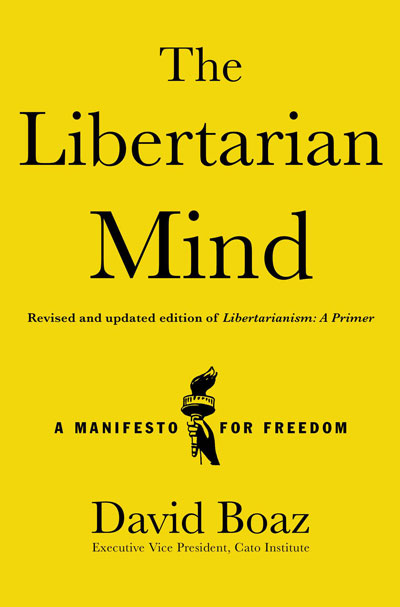Johan Norberg on Bubbles Yet to Come
 Cato senior fellow Johan Norberg, author of In Defense of Global Capitalism and Financial Fiasco, has the cover story in this week's issue of The Spectator, the eminent 182-year-old British weekly. Titled "The great debt bubble of 2011," it warns that governments are repeating their mistakes of the past decade:
Cato senior fellow Johan Norberg, author of In Defense of Global Capitalism and Financial Fiasco, has the cover story in this week's issue of The Spectator, the eminent 182-year-old British weekly. Titled "The great debt bubble of 2011," it warns that governments are repeating their mistakes of the past decade:
There is a broad consensus that the financial crisis of 2007 was at least in part a result of record-low interest rates, huge deficits and large-scale credit-financed consumption. Today, governments across the world are trying to solve the crisis — by means of record-low interest rates, huge deficits and large-scale credit-financed consumption. This time, they are also using more novel means of creating easy money: bank bailouts, stimulus packages and quantitative easing.After discussing the soaring debt burdens of European countries, Norberg writes:
At this point, it is traditional to say: thank God for those roaring economics in East Asia, India and Brazil. But how real is their remarkable growth? Look closely, and even this may be in part a result of artificial stimulus. India’s and Brazil’s growth is financed by short-term capital from abroad: money that could disappear overnight. Easy money always ends up somewhere. The last time it was in property, this time it is in emerging markets (and often in the property markets of emerging markets).... Aside from the foreign capital inflows, China had its own stimulus package, as big as America’s. Beijing has printed yuan and pushed banks and local governments to spend like drunken Keynesians. Absurdly, China’s money supply is now larger than America’s, even though its economy is a third of the size. We can see the results of this stimulus in stock market prices and in new roads, bridges and housing complexes all over the country.Happy New Year! And watch for more on incipient bubbles in the January-February issue of Cato Policy Report.
Posted on December 30, 2010 Posted to Cato@Liberty
Leave a comment
RSS feed for comments on this post.
Sorry, the comment form is closed at this time.
